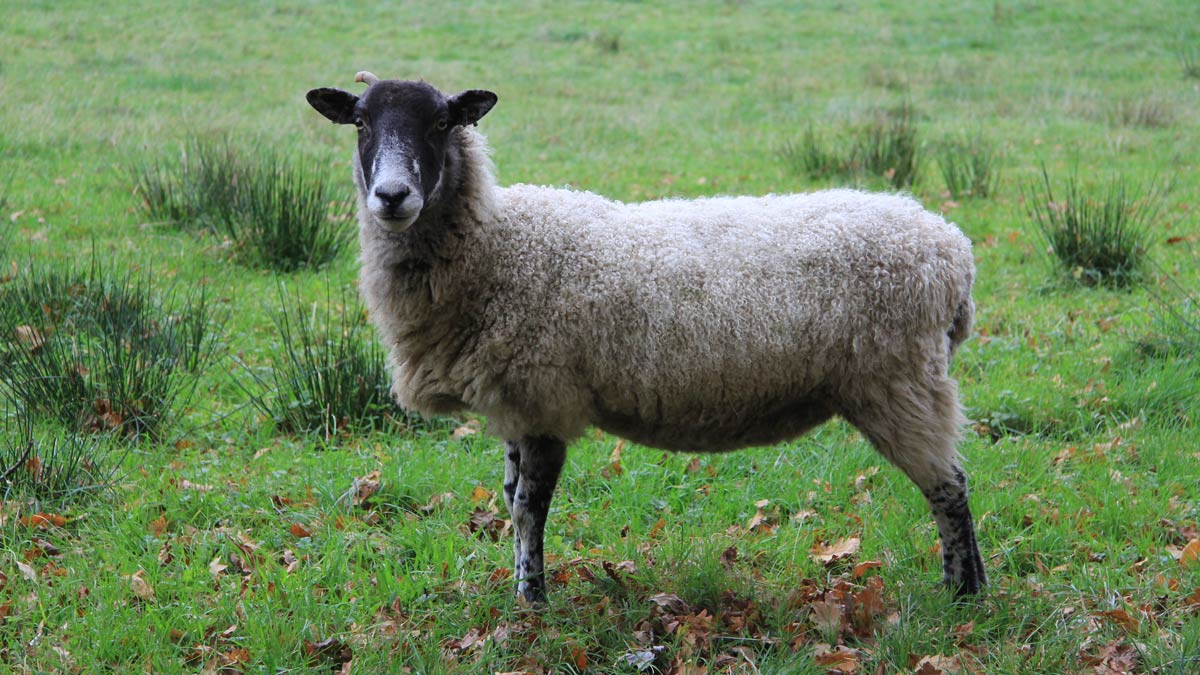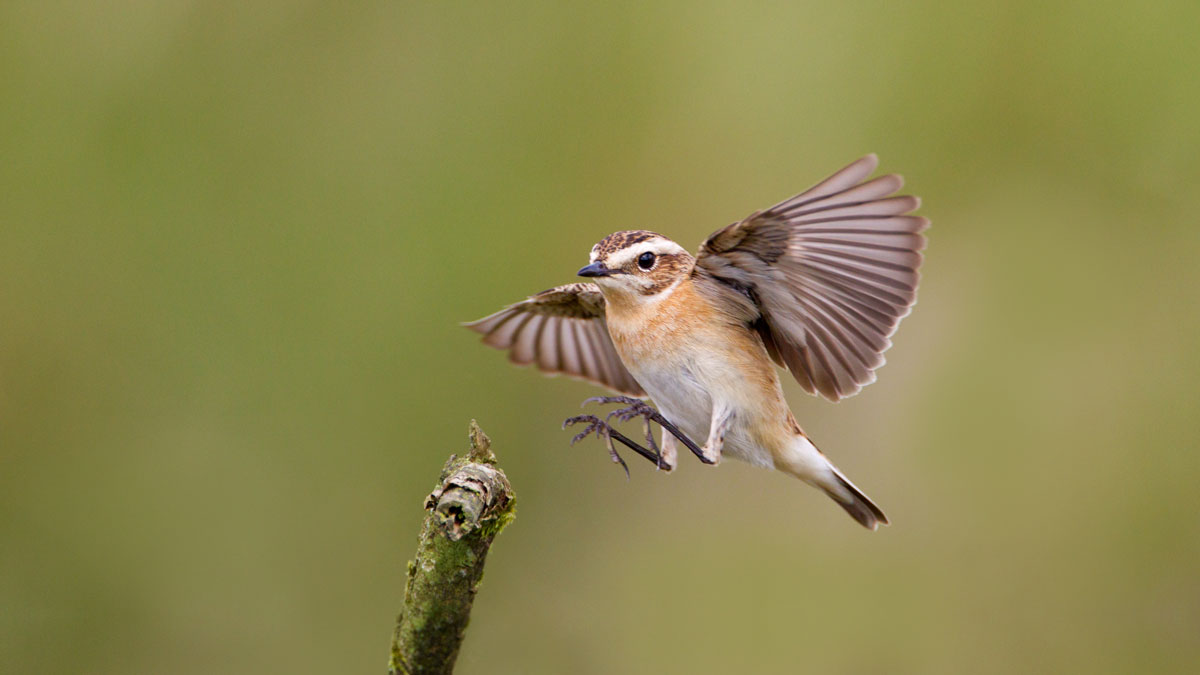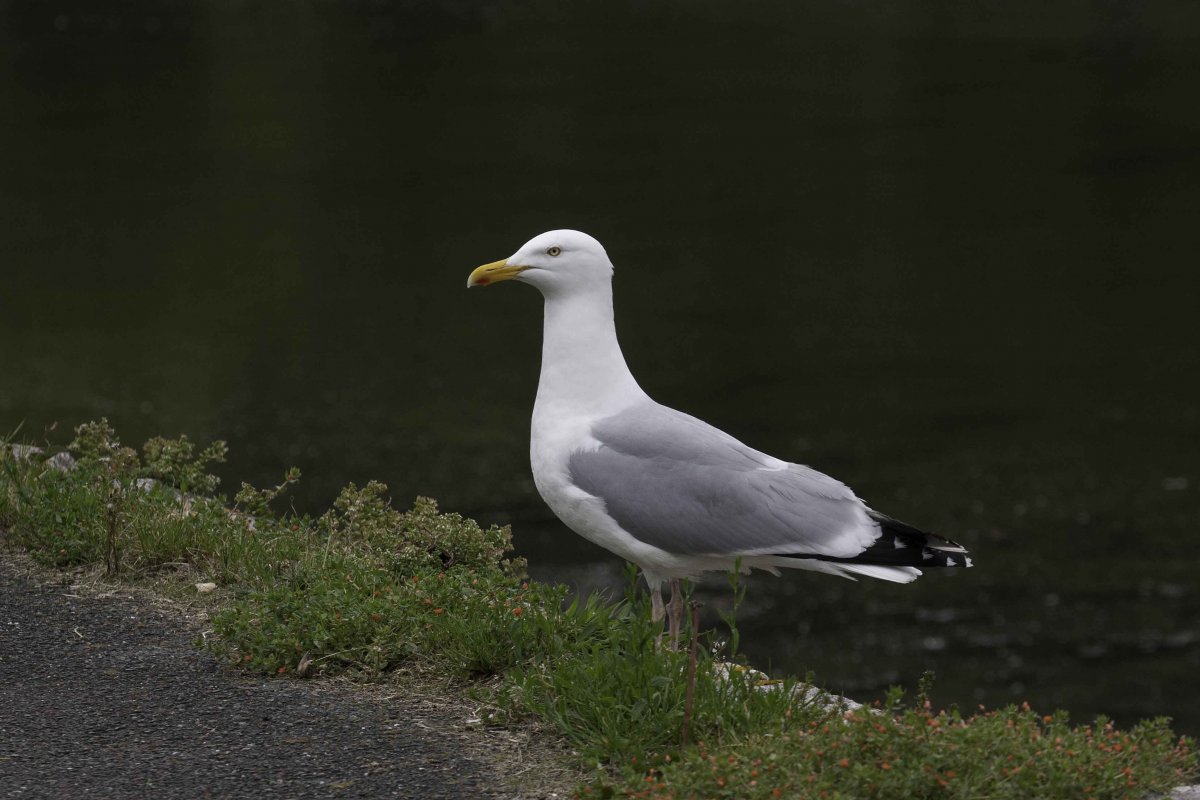BTO Research Reports are scientific papers that have been self-published by the BTO. The following is a full list of the published BTO research reports. Most are free to download, and links to Abstracts are included where possible.
Numbers missing from the list are those allocated but which were never produced or which have not been published. BTO recognises that, particularly in respect of commercially sensitive cases, a period of confidentiality is appropriate for some projects. However, in the interests of scientific development and dissemination of information, we encourage clients to permit publication as soon as it is reasonable to do so.
- If you wish to purchase a physical copy of a report please contact researchreports@bto.org.
- More information about our Annual Service reports to JNCC 1992-2005.
Assessment of recent Hen Harrier population trends in England through population modelling
This study uses a population modelling approach to explore the effects of changes in rates of productivity, survival, and settlement on population growth in the English population of Hen Harriers.

Search
Long term changes in the abundance of benthic foraging birds in a restored wetland
Author: Mander, L., Scapin, L., Thaxter, C.B., Forster, R. & Burton, N.H.K.
Published: 2021
10.09.21
Papers

Rapid adaptive modelling for policy support towards achieving Sustainable Development Goals: Brexit and the livestock sector in Wales
Author: Thomas, A., Cosby, B.J., Gooday, R., Lyons, H., Siriwardena, G., Kettel, E., Matthews, D., Beauchamp, K., Petr, M. & Emmet, B.A.
Published: 2021
31.08.21
Papers

Upward elevational shift by breeding Whinchat Saxicola rubetra in response to cessation of grazing in upland grassland
Author: Calladine, J. & Jarrett, D.
Published: 2021
This study in the Scottish uplands shows that cessation of grazing which results in more uniform tall ground vegetation leads to Whinchats breeding at higher elevations. Whinchats prefer ground vegetation with a varied structure and these changes result in them heading to higher ground where the environment can prove to be too harsh for them.
28.08.21
Papers

Foraging habitat selection by breeding Herring Gull (Larus argentatus) from a declining coastal colony in the United Kingdom
Author: Clewley, G. D., Barber, L.J., Conway, G.J., Clark, N.A., Donato, B.J., Thaxter, C.B. & Burton, N.H.K.
Published: 2021
New research from BTO has used GPS tracking to investigate the feeding preferences of breeding Herring Gulls at a declining colony, and found that these birds are more likely to be foraging on Mussels than pilfering your lunch.
25.08.21
Papers

Identifying and Mapping Groups of Protected Area Visitors by Environmental Awareness
Author: Gosal, A.S., McMahon, J.A., Bowgen, K.M., Hoppe, C.H. & Ziv, G.
Published: 2021
20.08.21
Papers